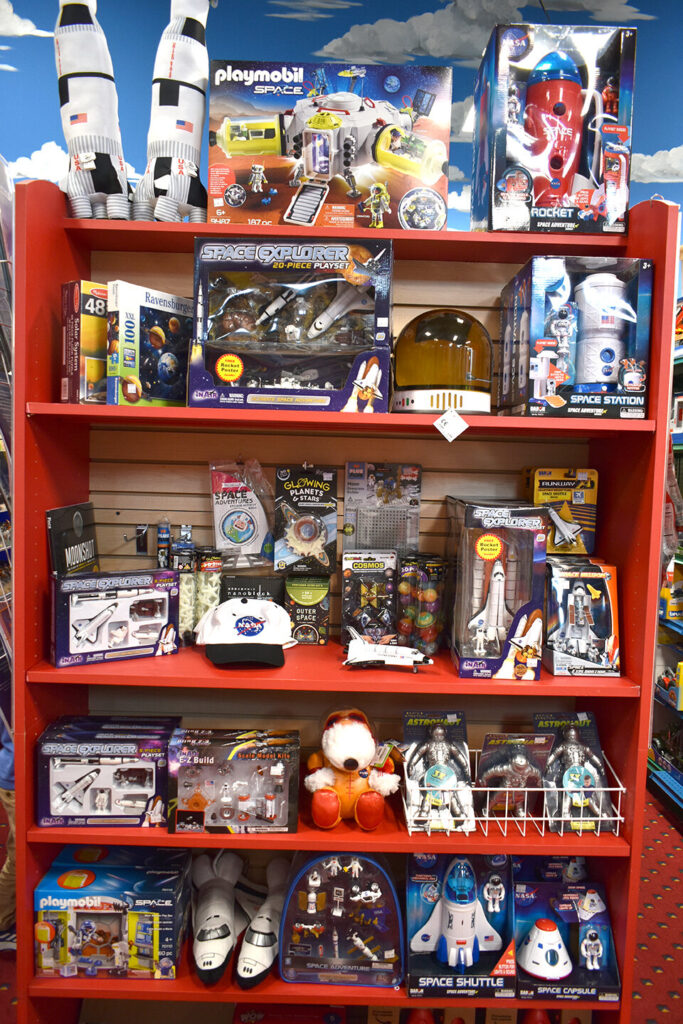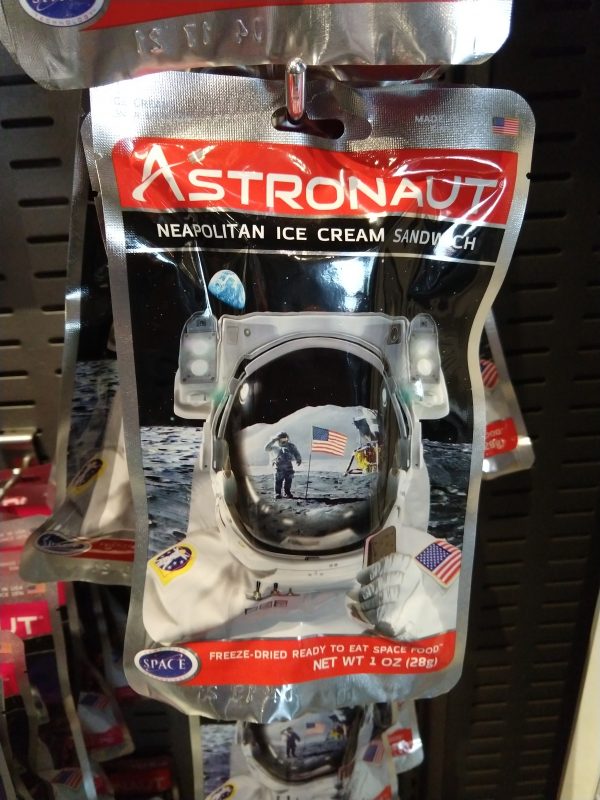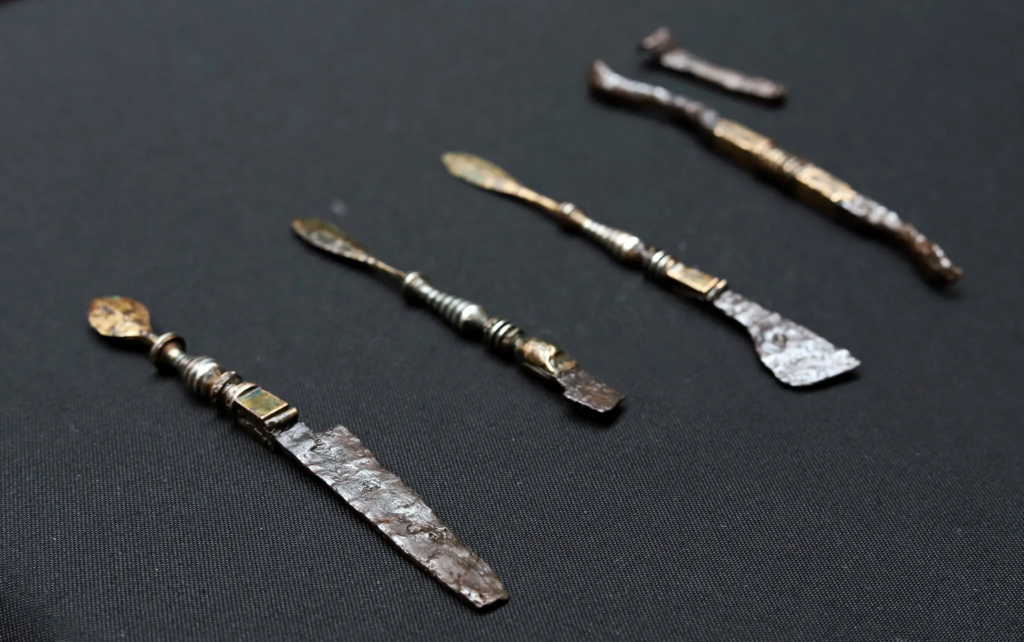Space is seen as a vast, uncharted territory similar to how exploration of new lands by different nations across the world was seen in the past. Naturally, humans are enchanted by the unknown and will always harbor a feeling of curiosity. Our world is now too small for power-hungry, curious humans, so space is a new possible expansion to our territory, however, there are bound to be conflicts that arise.
The accessibility of space exploration is extremely limited due to both financial reasons and the safety liabilities. However, a large number of US citizens are heavily invested in America’s space-related feats despite the most major ones occurring approximately half a century ago. The pride in our nation and sheer impressiveness of space exploration has impacted careers according to a 2009 study that, “found that the Apollo program had inspired half of scientists surveyed” (Chatzky, Siripurapu, and Markovich 2021). People typically choose a career based on future salary or workload, so space is extremely important if many people are choosing their life career on a space-related historic mission. Additionally, the pride of America being on the forefront of space exploration is because of the American focus in today’s educational system. American schools’ display of these events sparks an interest in space in many children.

Referring back to the limited accessibility of space, despite people not being able to physically go into space, they demonstrate interest in space based on the items they buy. It is not uncommon to walk into a toy store and see toys depicting astronauts or spaceships. These toys are often beneficial to children because it creates an interest in science and technology which can later impact their career just like the Apollo mission. Learning about science at a young age can give children good communication skills, organizational skills, and allows them to form conclusions based on observational skills. All of these skills can be applied in life in analytical and problem solving situations. One can even walk into a grocery store and find “astronaut ice cream” which has not actually been used in space because it is too crumbly and chalky despite it being, “developed under contract to NASA for the 1968 Apollo 7 mission” (Jemison 2018). Companies are aware of the novelty and popularity of these galactically-labeled commodities and can now capitalize on it. This circles back to the idea that space is heavily related to capitalism.

Additional Reading
Why STEM toys are important – https://circuitmess.com/blogs/news/why-are-stem-toys-important#:~:text=STEM%20skills%20are%20in%20high,and%20adapt%20to%20new%20situations.
Vast array of space toys – https://www.bls.gov/careeroutlook/2016/article/careers-in-space.htm
References
Chatzky, Andrew, Anshu Siripurapu, and Steven J. Markovich. 2021. “Space Exploration and U.S. Competitiveness.” Council on Foreign Relations, September 23, 2021. https://www.cfr.org/backgrounder/space-exploration-and-us-competitiveness.
Jemison, Micaela. 2018. “Space Is the Best Place to Eat Ice Cream.” Smithsonian Sparks, July 3, 2018. https://www.si.edu/stories/space-best-place-eat-ice-cream.


